Gloria Trevi & Alejandra Guzmán - Versus (2017)

Artist: Gloria Trevi, Alejandra Guzmán
Title: Versus
Year Of Release: 2017
Label: Universal Music Division MCA
Genre: Latin Pop
Quality: flac lossless
Total Time: 00:37:20
Total Size: 270 mb
WebSite: Album Preview
TracklistTitle: Versus
Year Of Release: 2017
Label: Universal Music Division MCA
Genre: Latin Pop
Quality: flac lossless
Total Time: 00:37:20
Total Size: 270 mb
WebSite: Album Preview
---------
01. Más Buena - Alejandra Guzmán & Gloria Trevi
02. Cuando Un Hombre Te Enamora - Alejandra Guzmán & Gloria Trevi
03. Rivales - Gloria Trevi & Alejandra Guzmán
04. Satisfecha - Gloria Trevi & Alejandra Guzmán
05. Hey Güera & La Papa Sin Catsup - Alejandra Guzmán & Gloria Trevi
06. Soy Tuya - Alejandra Guzmán & Gloria Trevi
07. Todos Me Miran - Alejandra Guzmán
08. Esta Si Va Para Ti - Alejandra Guzmán & Gloria Trevi
09. Eternamente Bella - Gloria Trevi
10. Más Buena (Remix) - Gloria Trevi & Alejandra Guzmán
Often hailed as "the Mexican Madonna," Gloria Trevi was not only one of the most daring and cutting-edge Latin stars of all time -- she was also one of the most important, due to her sometimes sociopolitical music, which could be quite challenging and provocative.
Trevi was born Gloria de los Angeles Treviño on February 15, 1968 in Monterrey, Mexico. Growing up, Trevi was not only interested in Latin music -- she was seriously into American and British rock and listened to Led Zeppelin, the Doors, Deep Purple, Pat Benatar, and Janis Joplin (among others) extensively. Against her mother's wishes, Trevi left home when she was only 12 and moved from Monterrey to Mexico City to pursue a career in the arts. At first, life in Mexico City was a struggle for Trevi, who survived by doing everything from singing on the streets for money to selling tacos; she also taught aerobics for a while.
After briefly singing with the all-female group Boquitas Pintadas in the mid-'80s, Trevi became a full-time solo artist and recorded her debut solo album, Qué Hago Aqui?, in 1989. Released on an independent Mexican label, that album and its lead single, "Dr. Psiquiatra" (which made it to number one on the Latin charts), were a smash -- and in 1990, Trevi landed a deal with RCA/BMG's Latin division. By 1993 she had sold more than five million albums overall. The Mexican Madonna was selling out large venues all over Latin America, where she embraced mostly Spanish-language material but also performed covers of songs by Zeppelin, the Doors, and other English-speaking rockers on-stage. Between her albums, live performances, and racy pinup calendars (which sold millions of copies), someone who had been dirt poor as a child had become one of Mexico's wealthiest, most affluent and famous women.
In the early '90s, Trevi was extremely controversial. The thing that made her so shocking to social conservatives in Mexico and other Latin American countries was her image -- an image as defiantly and blatantly sexual as Prince or Madonna. Like Madonna and Prince, Trevi promoted sexual freedom in a very in-your-face way. Trevi wasn't the only female artist of Mexican descent who was often compared to Madonna in the '90s; the late Tejano star Selena (a bilingual Chicana from Texas) was also described as one of Madonna's Mexican counterparts. But Selena, for all her sex appeal, was never as controversial or over the top as Trevi, whose live performances went out of their way to shock, taunt, and offend social conservatives. Trevi's antics included wearing a bandolier of condoms across her bare chest and bringing young male fans on-stage so that she could strip them down to their underwear.
But there was more to Trevi than shock value and titillation -- much, much more. Her material often had a decidedly feminist outlook, and she brought a sociopolitical perspective to topics like drugs, out-of-wedlock pregnancies, and abortion. Upsetting social conservatives was exactly what Trevi set out to do; in many respects, she was the Mexican equivalent of a riot grrrl. Some Latino journalists have compared her to Irish agitator Sinéad O'Connor -- a very outspoken feminist -- and Trevi was often quoted as saying that she hoped to run for president of Mexico someday. In fact, one of her pinup calendars depicted her as a nude presidential candidate.
Más Turbada Que Nunca, released in 1994, became her fourth consecutive album to top the charts in Mexico, and two tracks hit the top of the Latin charts in America ("El Recuento de los Daños" and the title track to a film, "La Papa Sin Catsup"). Si Me Llevas Contigo was released the following year. In 2004, her sixth full album, Cómo Nace el Universo, became a big hit in both Mexico and the U.S., where it eventually reached platinum status. The live album La Trayectoria followed in 2007, as did another studio effort, Una Rosa Blu, which became her first to crack Billboard's Top 200. The self-titled Gloria followed in 2011, followed by a live album, a compilation and in 2013, De Pelicula.
The album reached number two on various charts and topped others. Its success was in part due to the track "Libre Para Amart." Though it wasn't released as a single, it was performed by Trevi in her first starring role as Aurora Valencia, in the telenovela ¿Quién Mató a Patricia Soler? Trevi's next album, Amor, issued in August of 2015, topped the Latin albums charts. It was her second to do so after 2011's Gloria, and marked her tenth to make the Top Five. The hits compilation Pelo Suelto Con... Mis Número Uno followed in 2017.
Trevi was born Gloria de los Angeles Treviño on February 15, 1968 in Monterrey, Mexico. Growing up, Trevi was not only interested in Latin music -- she was seriously into American and British rock and listened to Led Zeppelin, the Doors, Deep Purple, Pat Benatar, and Janis Joplin (among others) extensively. Against her mother's wishes, Trevi left home when she was only 12 and moved from Monterrey to Mexico City to pursue a career in the arts. At first, life in Mexico City was a struggle for Trevi, who survived by doing everything from singing on the streets for money to selling tacos; she also taught aerobics for a while.
After briefly singing with the all-female group Boquitas Pintadas in the mid-'80s, Trevi became a full-time solo artist and recorded her debut solo album, Qué Hago Aqui?, in 1989. Released on an independent Mexican label, that album and its lead single, "Dr. Psiquiatra" (which made it to number one on the Latin charts), were a smash -- and in 1990, Trevi landed a deal with RCA/BMG's Latin division. By 1993 she had sold more than five million albums overall. The Mexican Madonna was selling out large venues all over Latin America, where she embraced mostly Spanish-language material but also performed covers of songs by Zeppelin, the Doors, and other English-speaking rockers on-stage. Between her albums, live performances, and racy pinup calendars (which sold millions of copies), someone who had been dirt poor as a child had become one of Mexico's wealthiest, most affluent and famous women.
In the early '90s, Trevi was extremely controversial. The thing that made her so shocking to social conservatives in Mexico and other Latin American countries was her image -- an image as defiantly and blatantly sexual as Prince or Madonna. Like Madonna and Prince, Trevi promoted sexual freedom in a very in-your-face way. Trevi wasn't the only female artist of Mexican descent who was often compared to Madonna in the '90s; the late Tejano star Selena (a bilingual Chicana from Texas) was also described as one of Madonna's Mexican counterparts. But Selena, for all her sex appeal, was never as controversial or over the top as Trevi, whose live performances went out of their way to shock, taunt, and offend social conservatives. Trevi's antics included wearing a bandolier of condoms across her bare chest and bringing young male fans on-stage so that she could strip them down to their underwear.
But there was more to Trevi than shock value and titillation -- much, much more. Her material often had a decidedly feminist outlook, and she brought a sociopolitical perspective to topics like drugs, out-of-wedlock pregnancies, and abortion. Upsetting social conservatives was exactly what Trevi set out to do; in many respects, she was the Mexican equivalent of a riot grrrl. Some Latino journalists have compared her to Irish agitator Sinéad O'Connor -- a very outspoken feminist -- and Trevi was often quoted as saying that she hoped to run for president of Mexico someday. In fact, one of her pinup calendars depicted her as a nude presidential candidate.
Más Turbada Que Nunca, released in 1994, became her fourth consecutive album to top the charts in Mexico, and two tracks hit the top of the Latin charts in America ("El Recuento de los Daños" and the title track to a film, "La Papa Sin Catsup"). Si Me Llevas Contigo was released the following year. In 2004, her sixth full album, Cómo Nace el Universo, became a big hit in both Mexico and the U.S., where it eventually reached platinum status. The live album La Trayectoria followed in 2007, as did another studio effort, Una Rosa Blu, which became her first to crack Billboard's Top 200. The self-titled Gloria followed in 2011, followed by a live album, a compilation and in 2013, De Pelicula.
The album reached number two on various charts and topped others. Its success was in part due to the track "Libre Para Amart." Though it wasn't released as a single, it was performed by Trevi in her first starring role as Aurora Valencia, in the telenovela ¿Quién Mató a Patricia Soler? Trevi's next album, Amor, issued in August of 2015, topped the Latin albums charts. It was her second to do so after 2011's Gloria, and marked her tenth to make the Top Five. The hits compilation Pelo Suelto Con... Mis Número Uno followed in 2017.
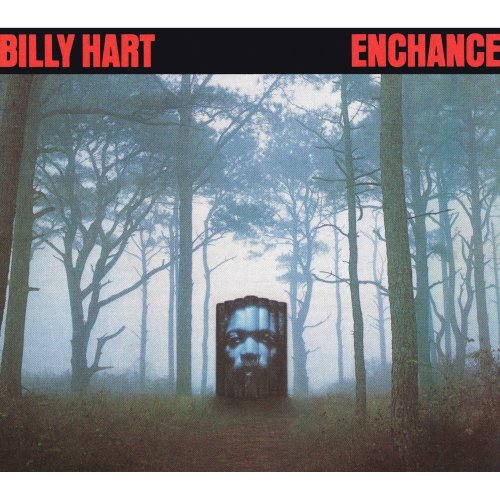
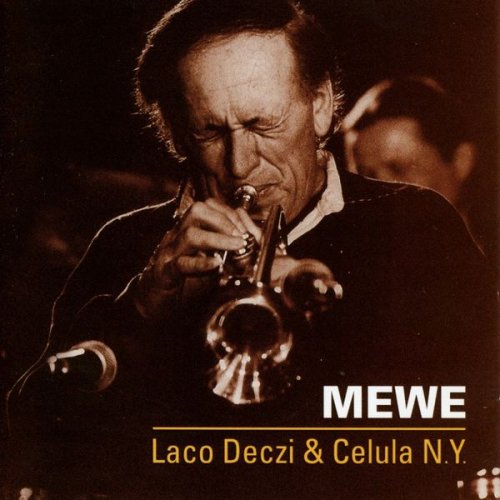

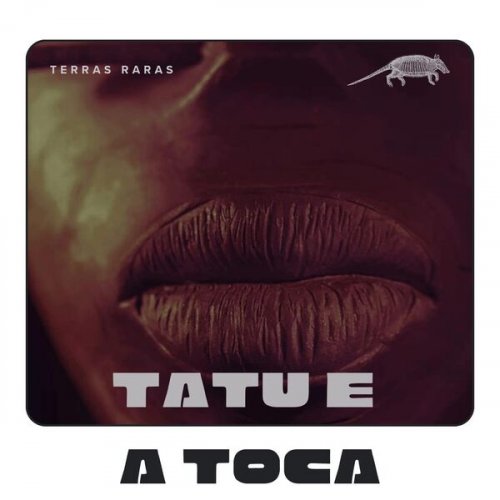
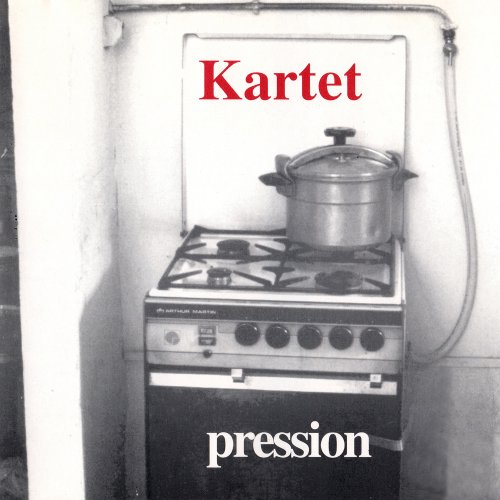
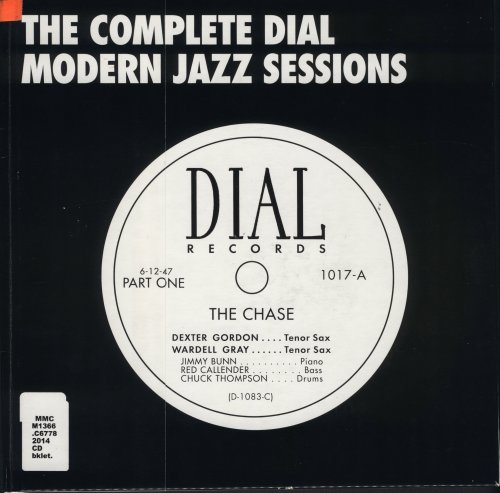
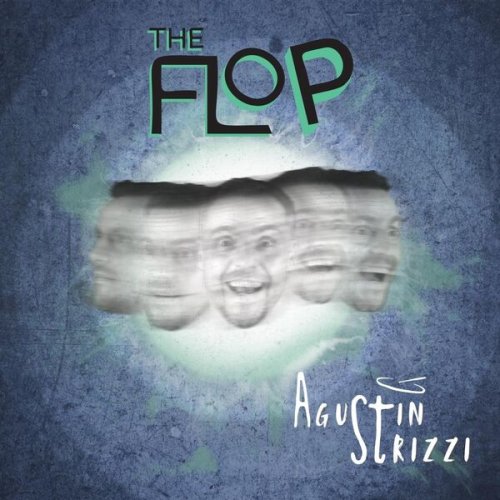
![Oiro Pena - Oiro Pena (2020) [Hi-Res] Oiro Pena - Oiro Pena (2020) [Hi-Res]](https://img.israbox.com/img/2026-01/04/r18zex2qlhbhk9ouirvlgxcm2.jpg)
